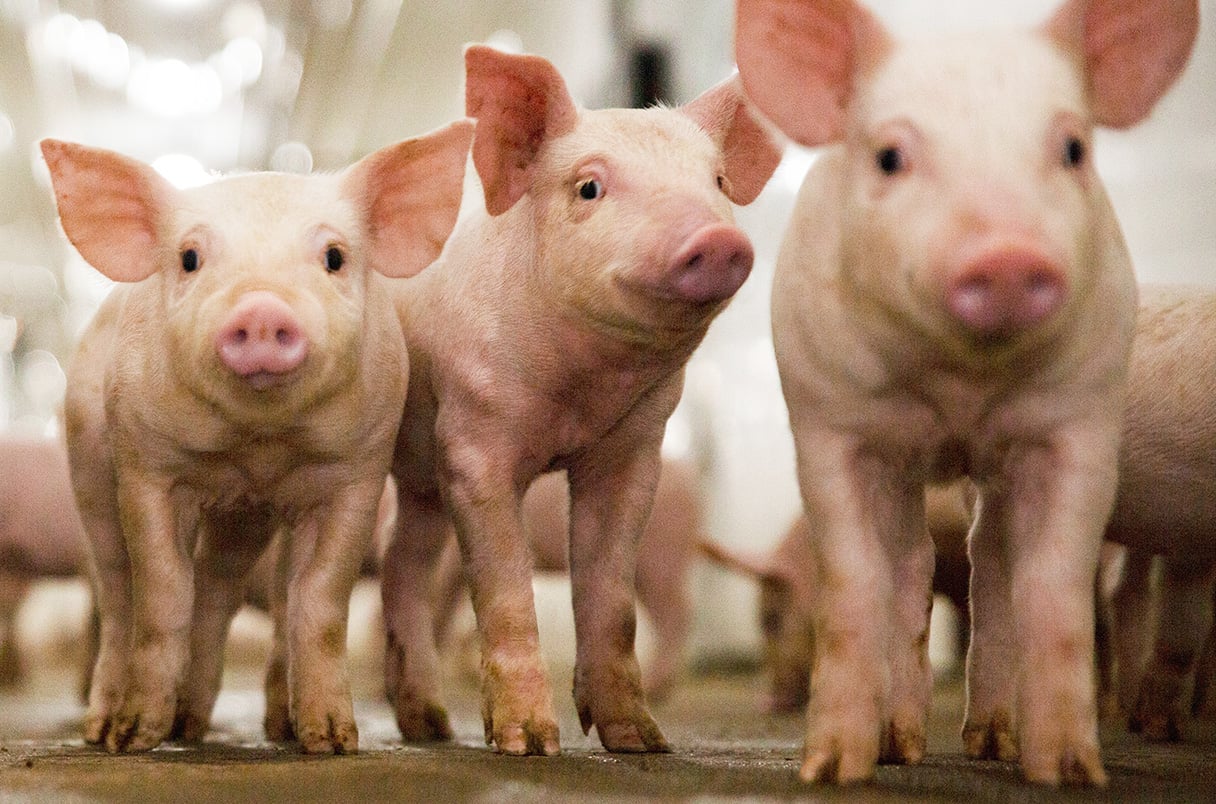The US Food and Drug Administration’s (FDA’s) recent decision [approving gene edited pigs] has prompted [quesions about] what this technology might mean for the future of the industry in Europe.
The gene edit approved can now be used by [the Pig Improvement Company] to breed PRRS-resistant pigs. On farms, this means that the negative impacts of PRRS could become a thing of the past, alongside significant benefits in productivity and reductions in antibiotic usage. It is highly likely that this marks only the beginning, with further approvals from PIC and other genetic companies expected to follow, targeting other diseases.
Follow the latest news and policy debates on sustainable agriculture, biomedicine, and other ‘disruptive’ innovations. Subscribe to our newsletter.
The real question is: where does this stop? Could gene editing be used to directly improve productivity traits such as average daily gain or litter size? Might it be used to alter the composition of pig meat, such as enhancing the fatty acid profile in fat, to provide health benefits to consumers?
Genetic companies might even use the technology to enable pigs to express enzymes they do not normally produce, such as phytase. This would allow pigs to release phosphorus from plant-bound phytate, or digest feed materials currently unusable to them.
This is an excerpt. Read the original post here
